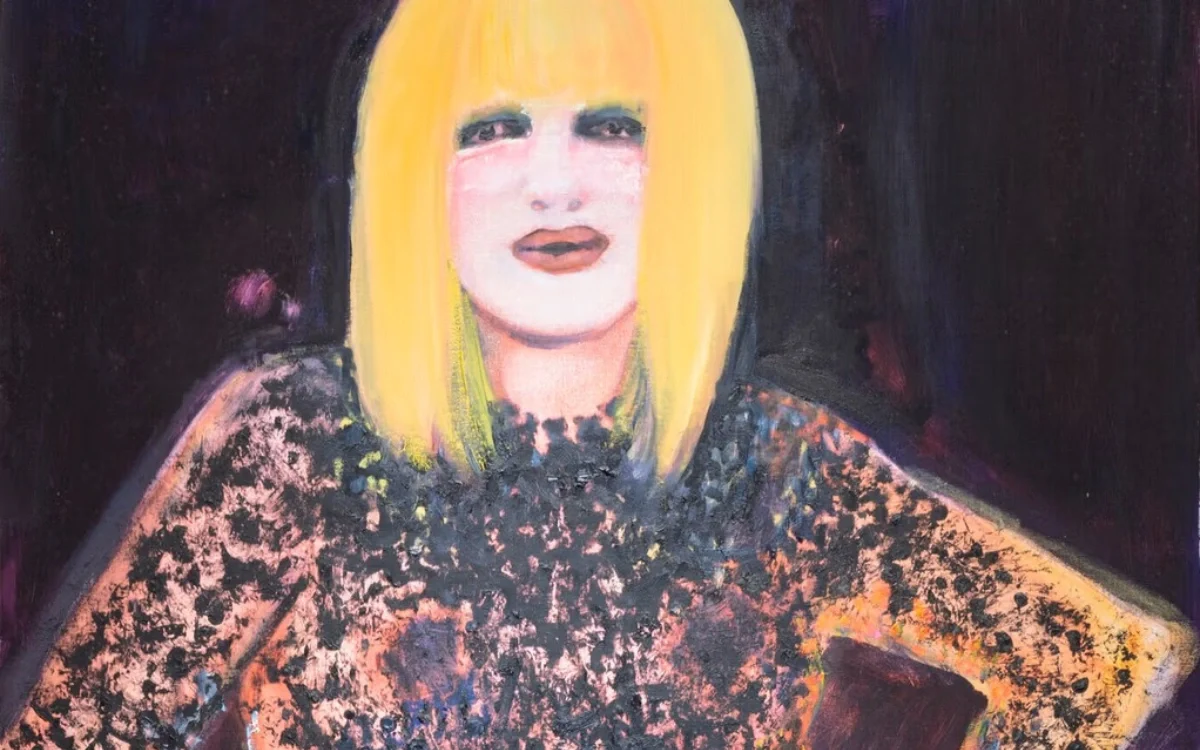In a landmark moment for global contemporary art and a proud milestone for South African creativity, Marlene Dumas has become the most valuable living female artist in the world. Her towering 1997 portrait Miss January just sold for a staggering $13.6 million (roughly R230 million) at a Christie’s auction in New York, setting a new record and making history in the process.
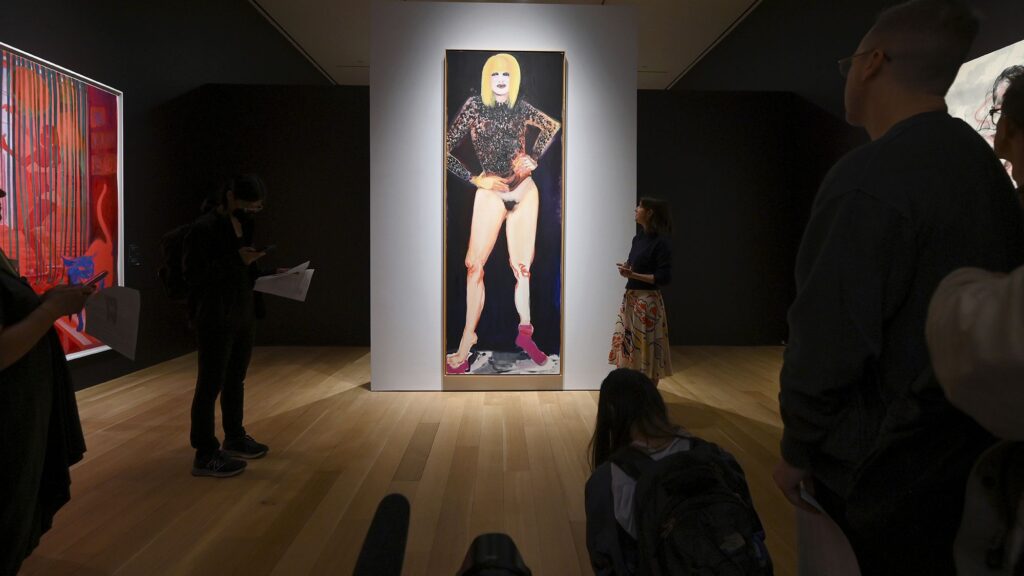
1997 portrait “Miss January”
The sale, which took place during Christie’s marquee 21st Century Evening Sale, marks the highest price ever paid for a work by a living woman artist. Measuring over three metres tall, Miss January depicts a haunting, vulnerable nude figure rendered in Dumas’ signature expressive, almost spectral brushwork. The piece was previously held by the Rubell family, major collectors known for championing groundbreaking artists early in their careers

At a time when the international art market has been experiencing slower seasons and cautious bidding, the success of Miss January served as a jolt of electricity. It wasn’t just a win for Dumas, but a powerful reminder of how emotionally charged, politically aware portraiture still has the ability to lead the conversation in art.
A South African Voice on the Global Stage
Born in 1953 in Cape Town and raised in Kuils River during apartheid, Marlene Dumas’ early life experiences deeply shaped her artistic perspective. She studied Fine Art at the University of Cape Town before relocating to the Netherlands in the late 1970s, where she completed further studies at Ateliers ’63 and earned a degree in psychology from the University of Amsterdam.
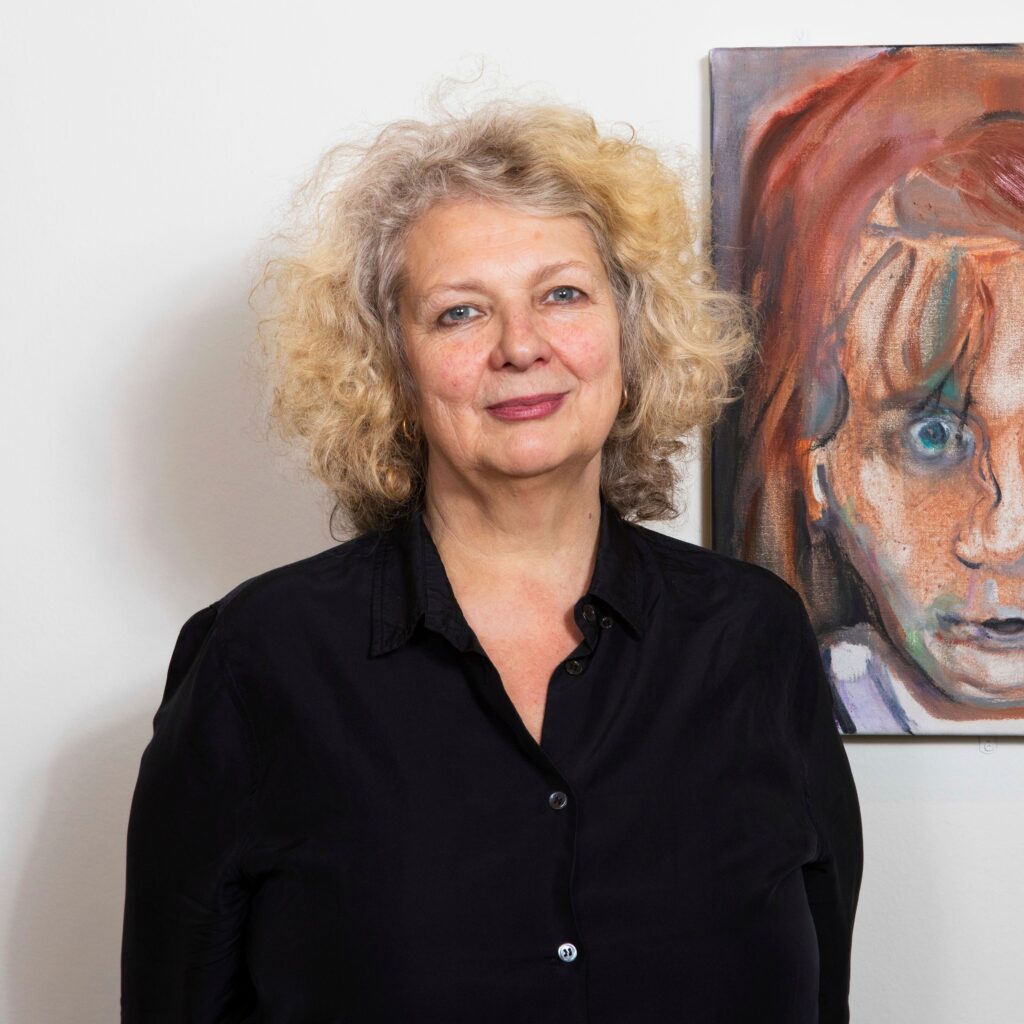
Dumas’ work has always centred on the human figure—often confronting themes of identity, race, sexuality, intimacy, grief, and politics. Her portraits, usually drawn from media images, Polaroids, or archival photography, are less about likeness and more about emotion. They bleed, they bruise, they whisper. She doesn’t paint people as they are, but as they feel.
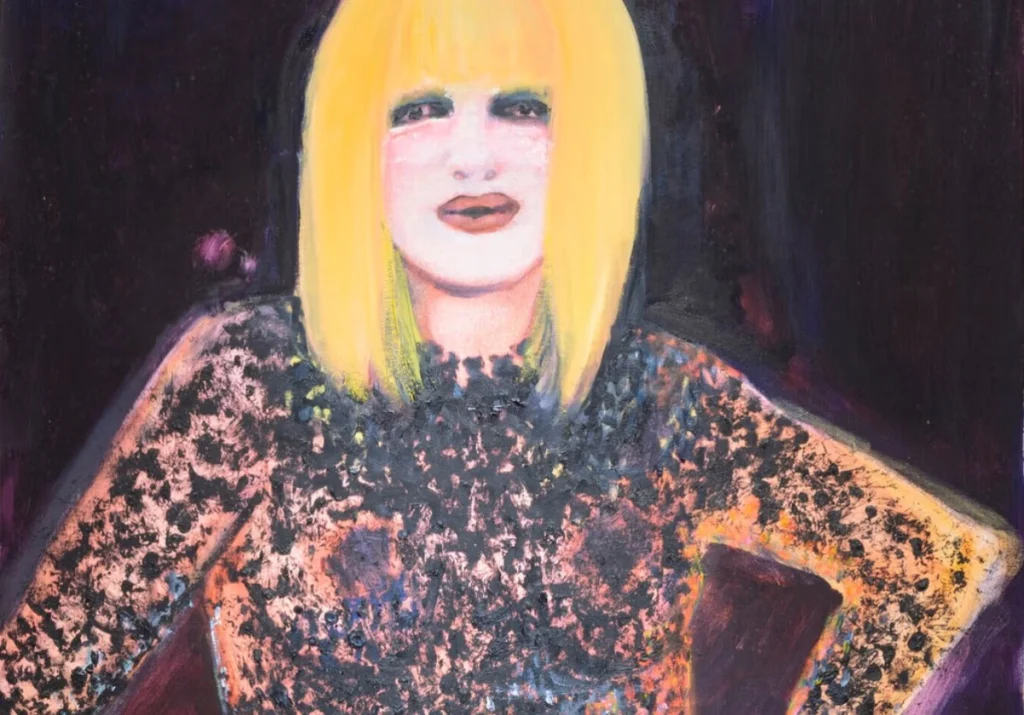
Over the past four decades, Dumas has exhibited in some of the world’s most respected institutions, including the Tate Modern in London, the Museum of Modern Art in New York, and the Stedelijk Museum in Amsterdam. Despite her global acclaim, she has remained something of a quiet icon—never courting the spotlight but always commanding critical attention with the potency of her work.
Tretchikoff’s Lady from the Orient Set to Dazzle at Strauss & Co
While Marlene Dumas redefines records abroad, another South African icon is poised to make waves at home. Strauss & Co’s upcoming flagship live auction on Tuesday, 27 May 2025, in Johannesburg, features Vladimir Tretchikoff’s Lady from the Orient (1955), estimated at R5–7 million. This masterpiece captures the fusion of Eastern influence and Hollywood glamour that propelled Tretchikoff to global fame.
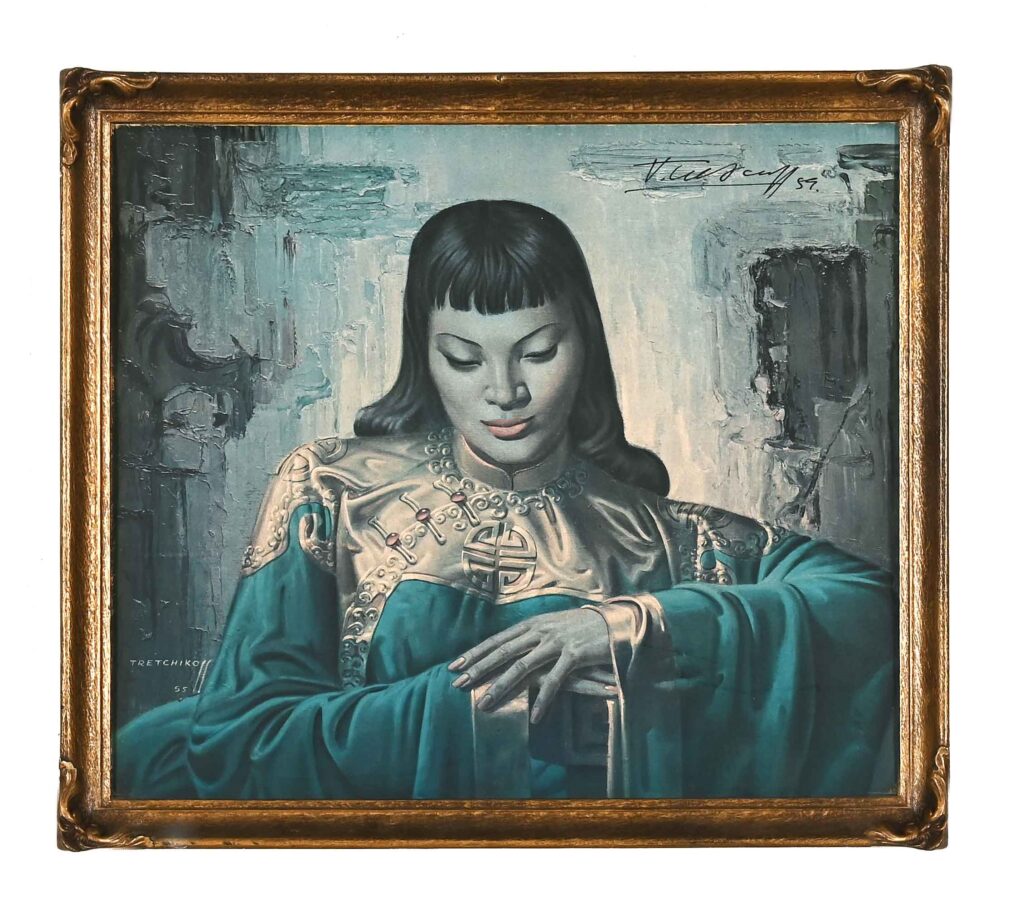
Painted in 1955, Lady from the Orient stands among Tretchikoff’s most iconic creations, reflecting the moment when fine art and popular culture collided with breathtaking success. The portrait’s subject, Valerie Howe, was just 21 when she posed for Tretchikoff, unknowingly stepping into art history. Her introspective pose and signature emerald-green gown have become emblematic of Tretchikoff’s unique style.
A Moment That Transcends Money
The R230 million sale of Miss January is about more than market records, it’s a statement on the value of emotion, the complexity of the female form, and the global appetite for voices that refuse to conform.
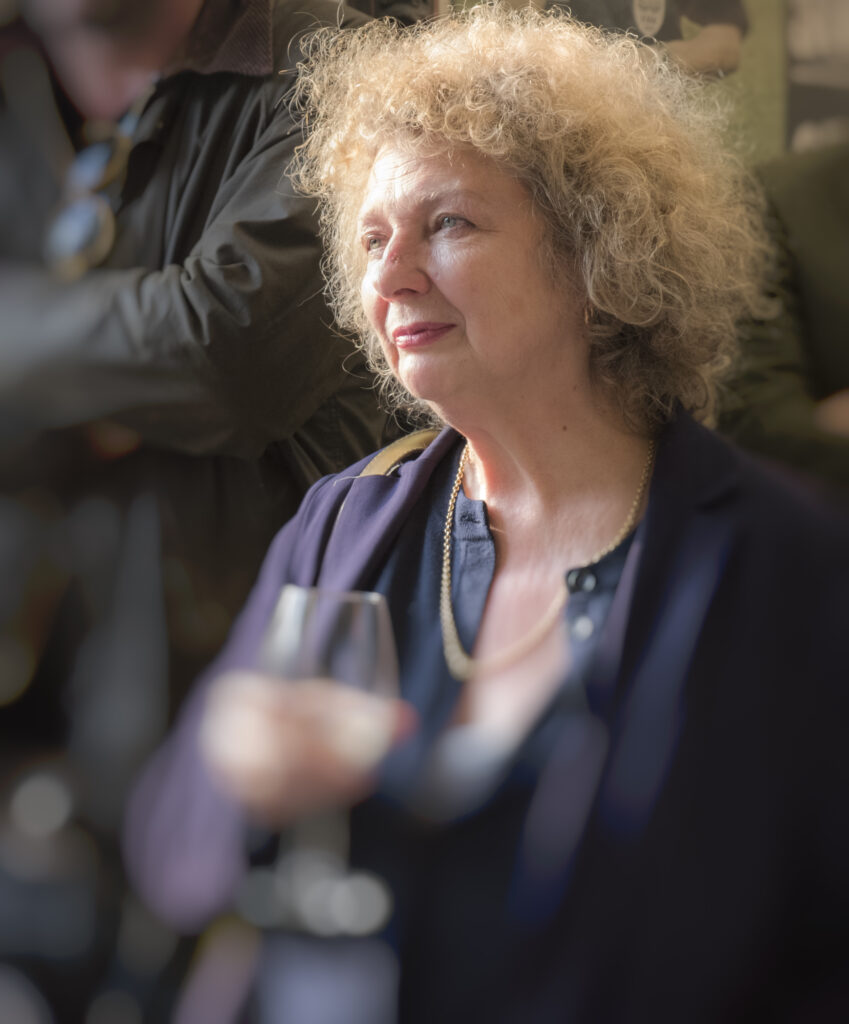
Marlene Dumas’ career has always been about challenging expectations, of beauty, of womanhood, of art itself. With this monumental sale, she hasn’t just broken the record, she’s broken the frame entirely, proving that South African talent continues to define the pulse of contemporary art.



